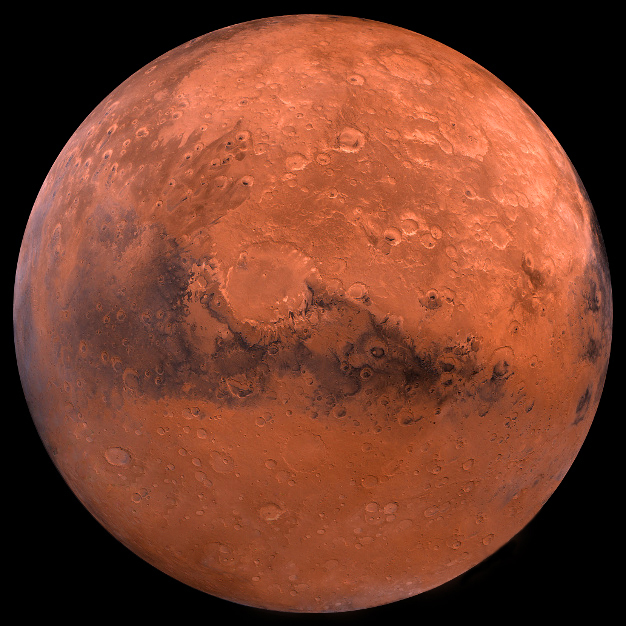
If a cloud of dust swoops through Mars and no astronaut is around to hear it, does it even make a sound? They have observed evidence of about 100 dust devils in the Jezero Crater since February 2021, when Perseverance first landed in Jezero. These dust devils are tiny tornadoes of dust and grit and are common on Mars. They are a sign of disturbances in the atmosphere and are an an important lifting mechanism for the Martian dust cycle.
Impacts from dust grain build up is associated with degradation of the hardware on Martian rovers, so improving our understanding of how dust lifting works on the Red Planet will be helpful in future space exploration.
This recording happened because it was the first time the microphone was switched on when a dust devil passed over Perseverance.
Analysis of the data from Perseverance’s multiple sensors and modeling suggests that the dust devil in the recording stood at over 387 feet tall.
“The wind is fast-about 25 miles per hour, but about what you would see in a dust devil on Earth. The difference is that the air pressure on Mars is so much lower that the winds, while just as fast, push with about 1 percent of the pressure the same speed of wind would have back on Earth. It’s not a powerful wind, but clearly enough to loft particles of grit into the air to make a dust devil.”
Future astronauts exploring Mars necessarily won’t have to worry about gale-force winds taking down habitats or communications antennas and the Martian wind may even have some benefits.
The team speculates that the breezes that blow dust and grit off the rover’s solar panels may help them last longer.
Mars’ InSight lander is in its final days after over four years of exploration, since it is losing power in its solar panels due to dust build up.
The lack of such wind and dust devils in the Elysium Planitia where InSight landed may help explain why that mission is winding down.
